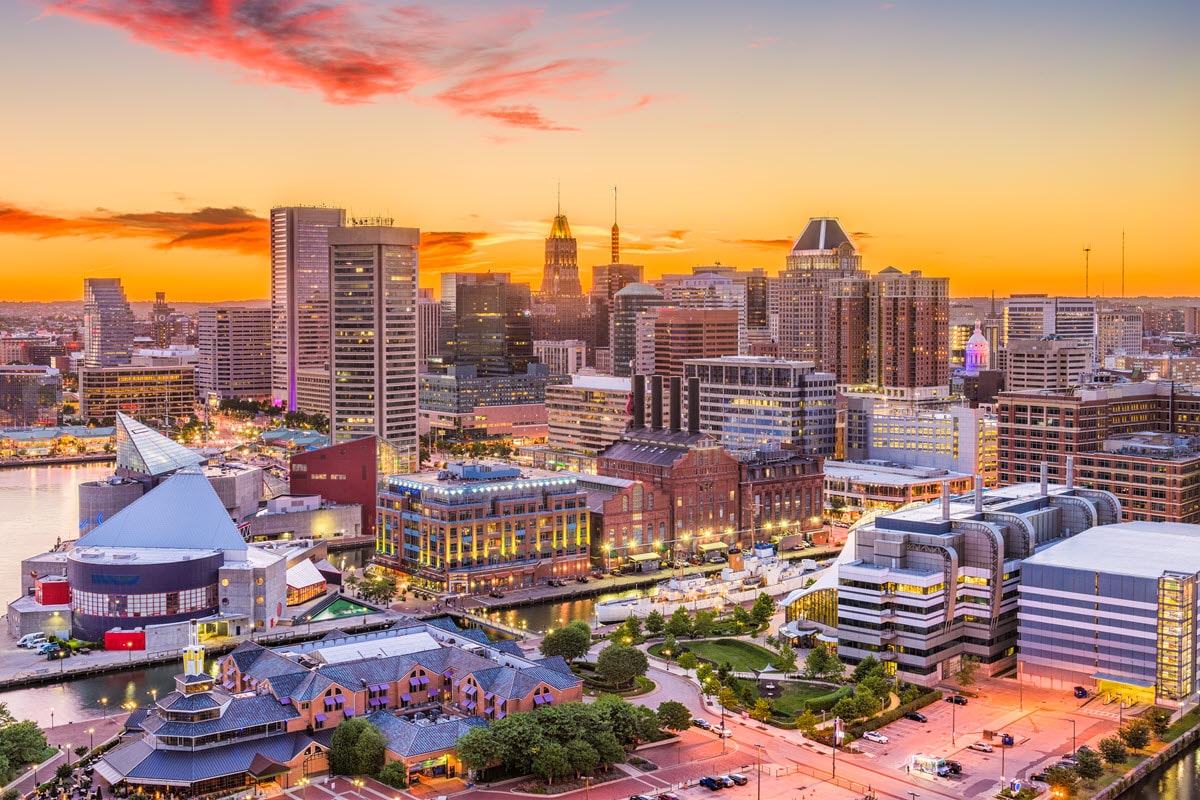Baltimore is a vibrant city with charming neighborhoods and beautiful landmarks. It is teeming with a rich historical past, kept well balanced with a keen eye on the future. It is the most populous city in Maryland, with 585,708 residents as of the 2020 Census. It is also considered one of the most important counties that make Central Maryland a metropolitan area to reckon with, as the headquarters for various multinational companies, including the investment management biggie Legg Mason.
Baltimore is known as the Charm City. True enough, it has several charms to boast, from the Maryland Science Center and the National Aquarium to the Baltimore Museum of Art. But more than its popular touristic sites, the artists, the visionaries, and the provocateurs constantly draw people to the place.
The Charming City Only Since 1975
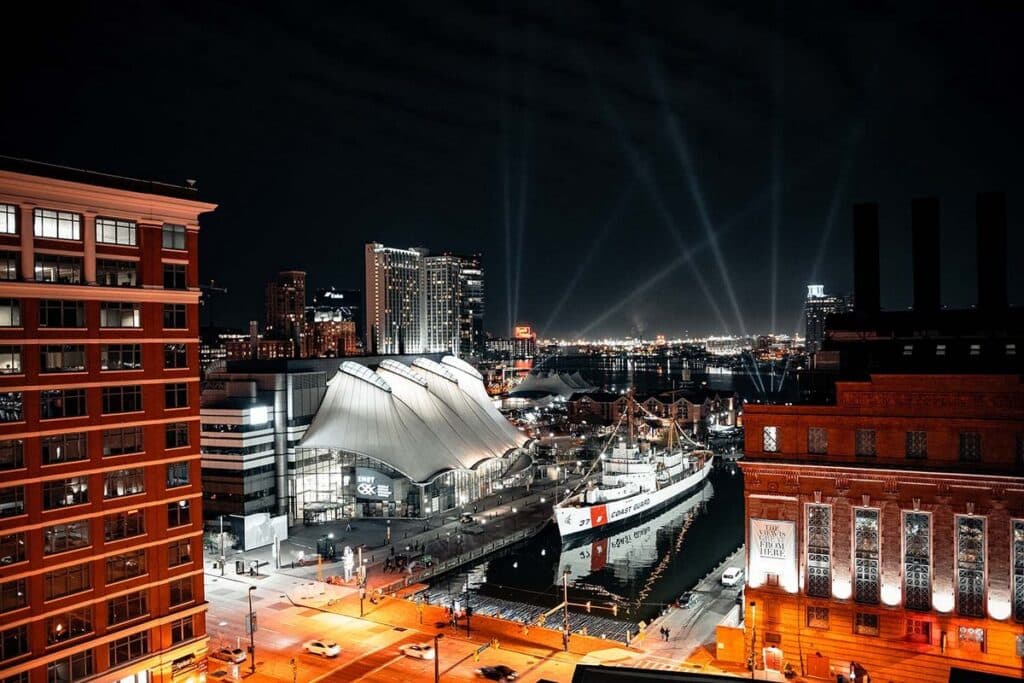
Baltimore was constantly going down. But in 1975, Mayor William Donald Schaefer wanted to look into a better future for his constituents. So he gathered four of the city’s advertising experts and creative minds: Herb Fried and writer Bill Evans from W. B. Donor and Dan Loden and Stan Paulus of VanSant/Dugdale, to counter about a hundred taglines that make Baltimore the laughing stock. One of the most hurtful phrases associated with it was “A Loser’s Town.” So Evans and Paulus came up with the tag “Charming City,” highlighting the city’s hidden charms and translated it into ad campaigns.
Baltimore’s Many Nicknames
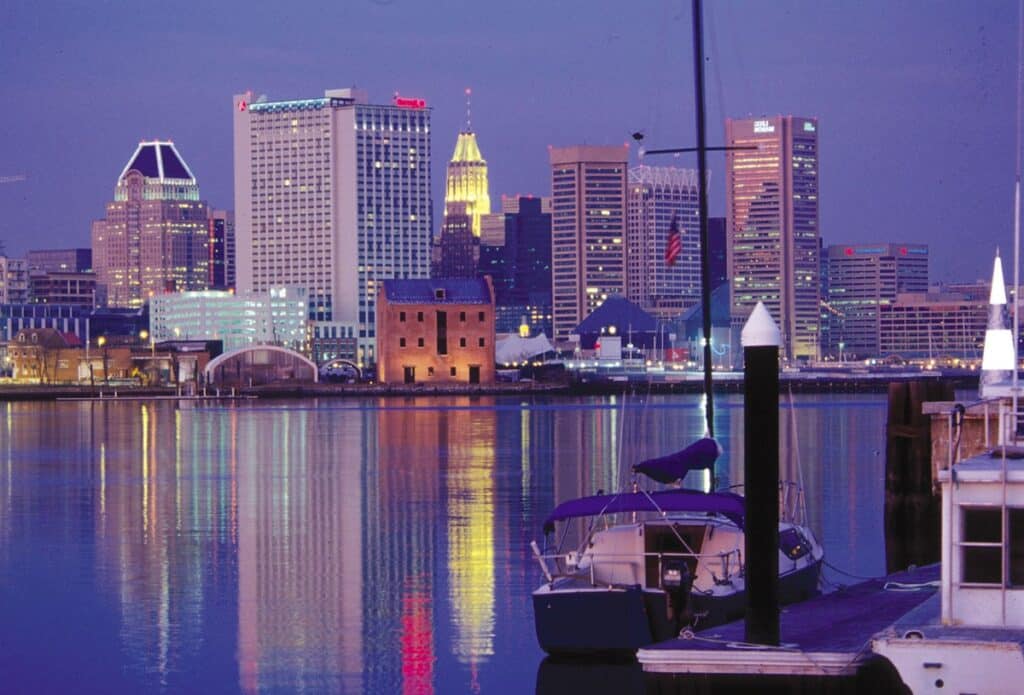
Baltimore had several nicknames, from the greatest phrases serving as the city’s pitch to the world to the worst, often accompanied by a snark or a sneer. The official moniker is “Charm City,” but it was also called the “City that Reads” and “The Greatest City in America.” At some point, it also bore the tagline “Monumental City” and the “Birthplace of the Star-Spangled Banner.” However, some people have called it blunt names, like “The City That Acts Like It Cares,” just as Baltimore native Mark Kram wrote in Sports Illustrated that it was anonymous even to its residents.
Mark Kram: The Controversial Sportswriter from Baltimore
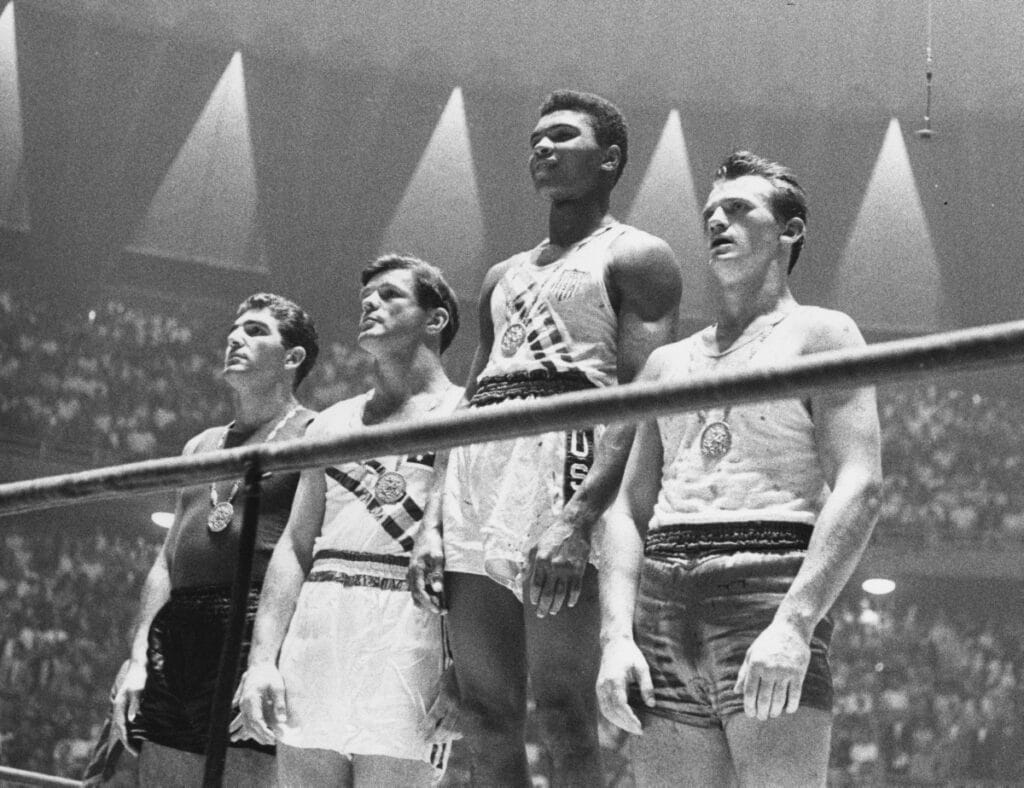
Baltimore’s native son, Sports Illustrated writer Mark Kram, was quite controversial. First, he remarked in a 1966 article how his hometown drew laughs from Philadelphia and Washington when hosting a weekend of the World Series. Then, he released the book “Ghosts of Manila: The Fateful Blood Feud Between Muhammad Ali and Joe Frazier” in 2001, which stirred the public’s perception of the boxing legend. Kram was born and raised in Baltimore and was a Baltimore Sun writer from 1960 to 1964 before he got the gig for Sports Illustrated and worked there from 1964 to 1977.
The Famous People of Baltimore

Many Hollywood actors, musicians, and other celebrities were born in Baltimore. They include Scream 3 actress Parker Posey, The Matrix’s Niobe Jada Pinkett-Smith, Happy Gilmore’s Julie Bowen, The House Bunny’s Anna Faris, Dead Poets Society’s Josh Charles, and Baywatch star David Hasselhoff. Other Baltimore natives are iconic rocker Frank Zappa, jazz singer Billie Holiday, The Hunt for Red October author Tom Clancy, New York Yankee hero Babe Ruth, and Olympic swimmer Michael Phelps.
The Life and Career of Olympic Swimmer Michael Phelps Started in Baltimore
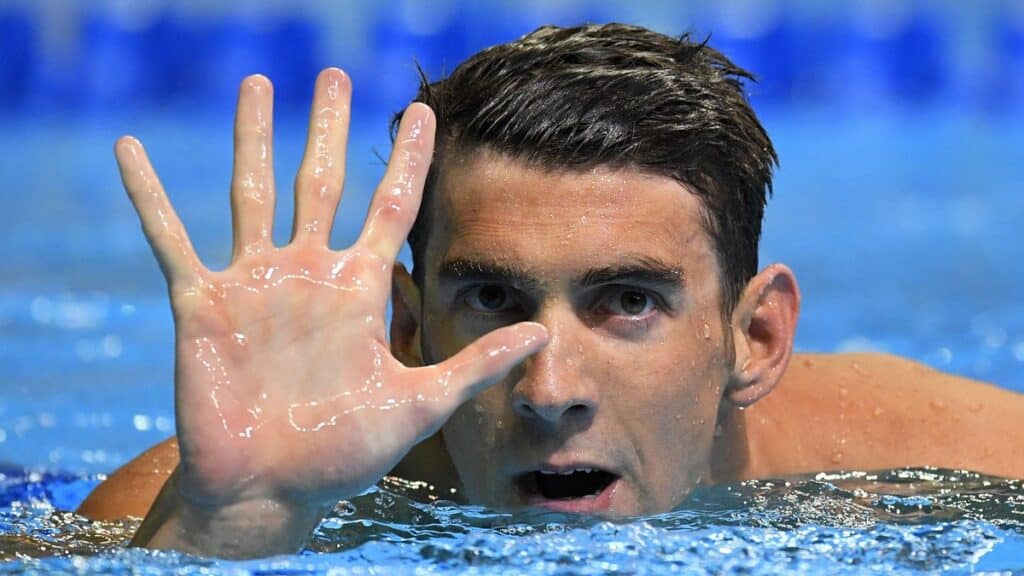
Before Michael Phelps could swim his way to Olympic greatness, he was a humble child of Baltimore,. He was raised in the modest neighborhood of Rodgers Forge and attended local schools. He started swimming at 7 to divert his excessive energy. Phelps was diagnosed with attention deficit hyperactivity disorder (ADHD) in his sixth grade. He chose swimming as an outlet for his hyperactivity. However, Phelps fell in love with the sport and turned it into a career. He trained under the keen eye of Bob Bowman, qualified for the Olympics in 2000 at 15, and won 28 Olympic medals overall.
Baltimore: Established Since 1729
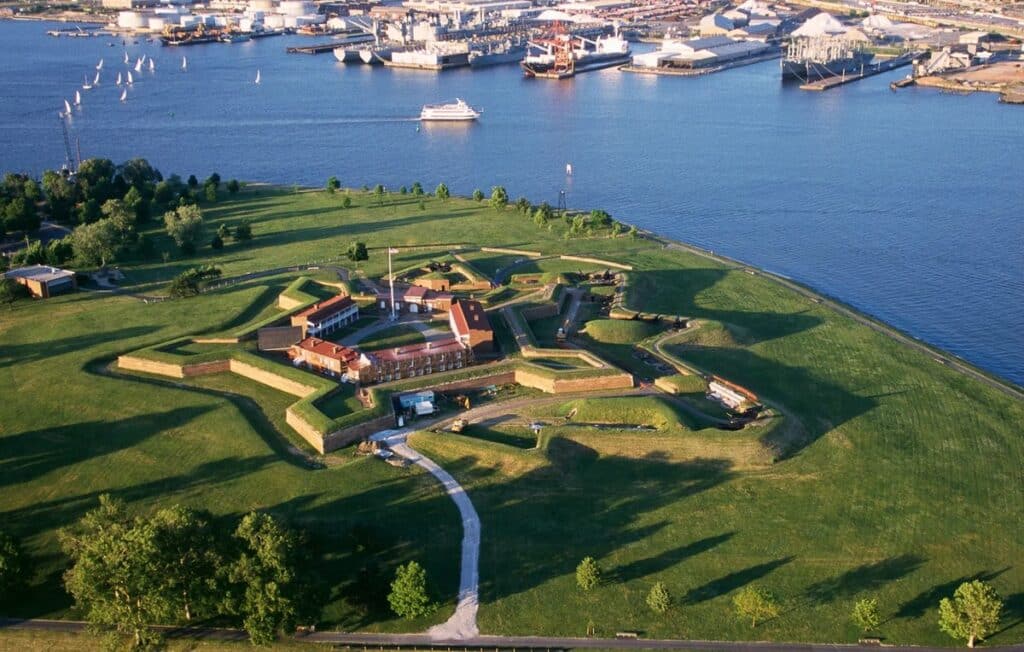
Baltimore has a colorful historical past. It used to be the hunting grounds for its early settlements of Native Americans before the Port of Baltimore was established in 1706. Some two decades after that, they founded the town on July 30, 1729, situated on the western side of Jones Falls.
Baltimore was named after English nobleman Cecilius Cavert, 2nd Baron Baltimore, who was also the founding proprietor of the state of Maryland. In 1765, William Goddard and Nicholas Hasselbach introduced the first printing press, making the first newspapers, The Baltimore Advertiser and The Maryland Journal, a reality.
The Battle of Baltimore
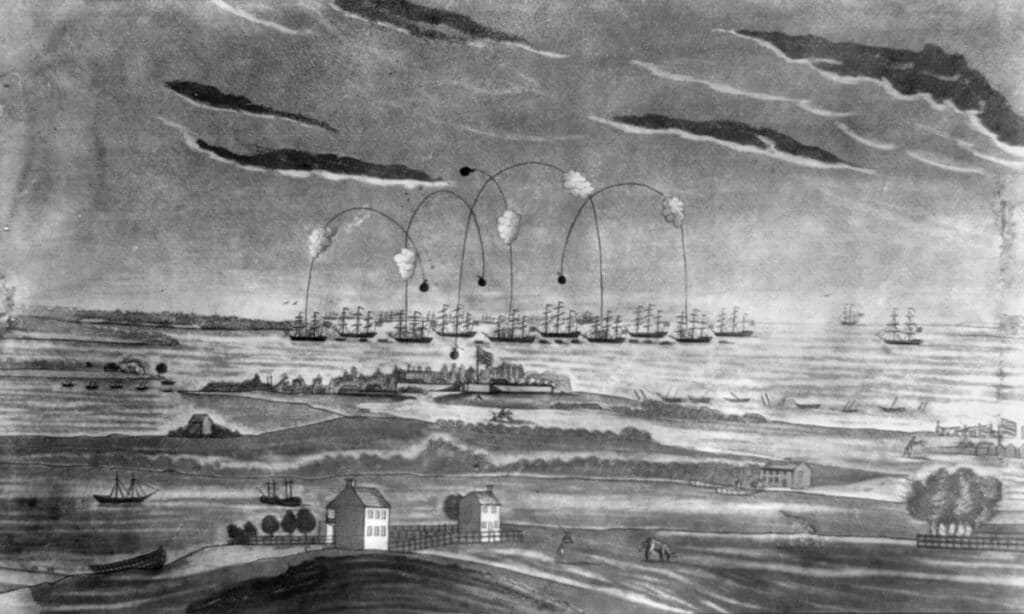
The war of 1812 was a pivotal moment in Baltimore’s history. From September 12 to 15, 1814, the Battle of Baltimore between American defenders and British invaders halted at the resistance of Fort McHenry, an incident that inflicted heavy casualties on the British armies. On Baltimore’s side was the future 15th US president James Buchanan Jr. who served as a private.
The Star-Spangled Banner
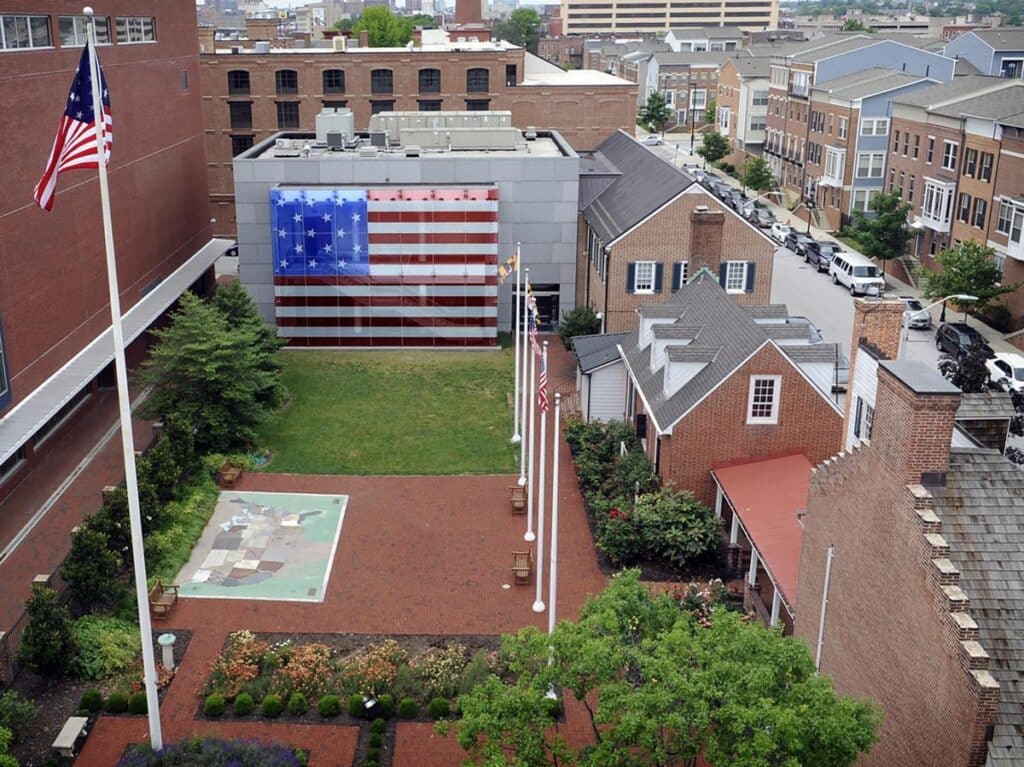
Apart from James Buchanan, who became president in 1857 after serving in a private army in defense of Baltimore, The Battle of Baltimore also produced the lyrics for The Star-Spangled Banner, the United States’ national anthem. An amateur poet and lawyer, Francis Scott Key, had the inspiration for “Defence of Fort McHenry,” a poem he wrote during the resistance of Fort McHenry. His poetry was set to the tune of “The Anacreontic Song,” a British song composed by John Stafford Smith, then renamed “The Star-Spangled Banner.”
Connecting Baltimore to the Rest of the Country and the World
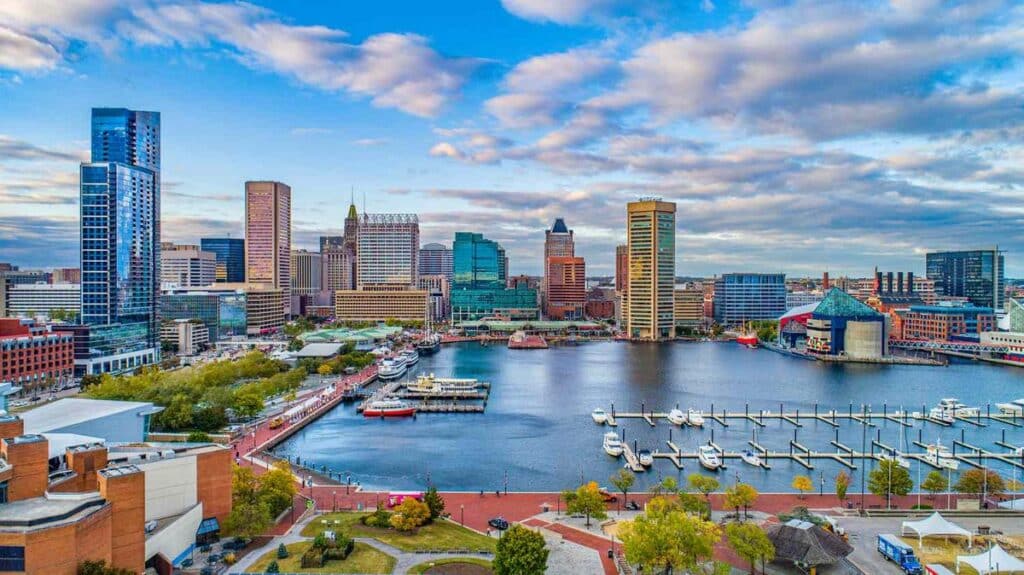
Baltimore is home to the US’s oldest railroad, the Baltimore and Ohio Railroad, built-in 1830. It was a major hub for the local merchants to reach out to other places, cementing the town’s status as the transportation seat in Maryland. In addition, the historic landmark Inner Harbor was once a highly preferred port of entry for immigrants.
The Inner Harbor Today, A Charming Tourist Attraction
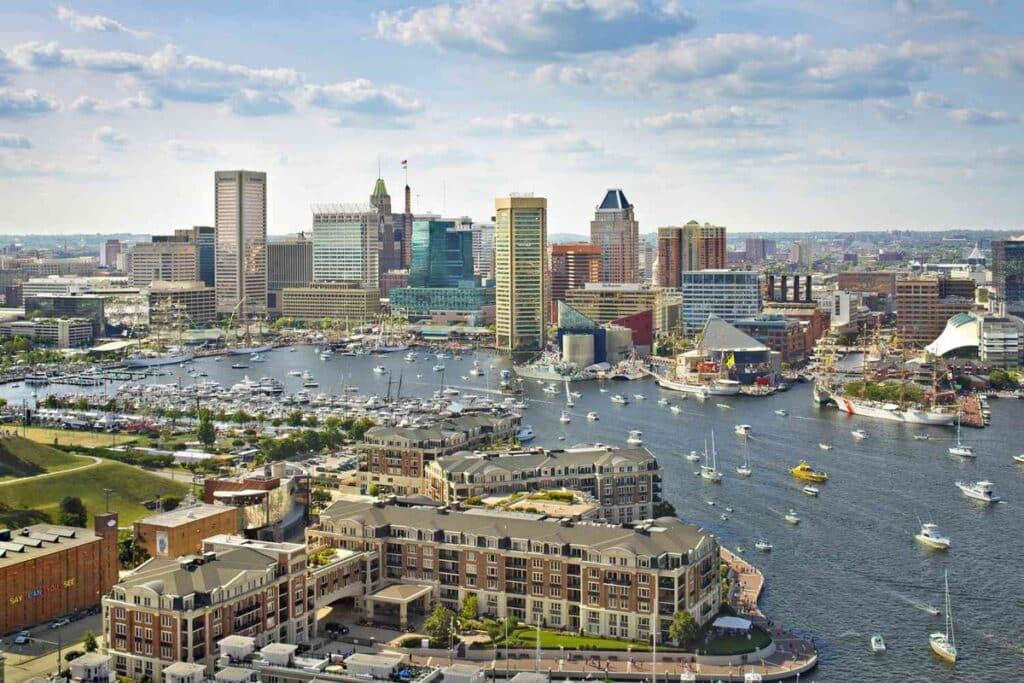
From being an essential mode of transportation to becoming a historic landmark celebrating Baltimore’s beautiful past, the Inner Harbor continues to be a major attraction for tourists. Currently, it hosts several museums, entertainment venues, notable structures, and, of course, historical ships, which are worth the visit. It is teeming with so many activities, which made the Urban Land Institute describe it as the post-industrial waterfront redevelopment model around the world. Its notable attractions include the Maryland Science Center, the National Aquarium, the Baltimore Convention Center, the Baltimore Grand Prix, and the Baltimore Museum of Industry.
Maryland Science Center
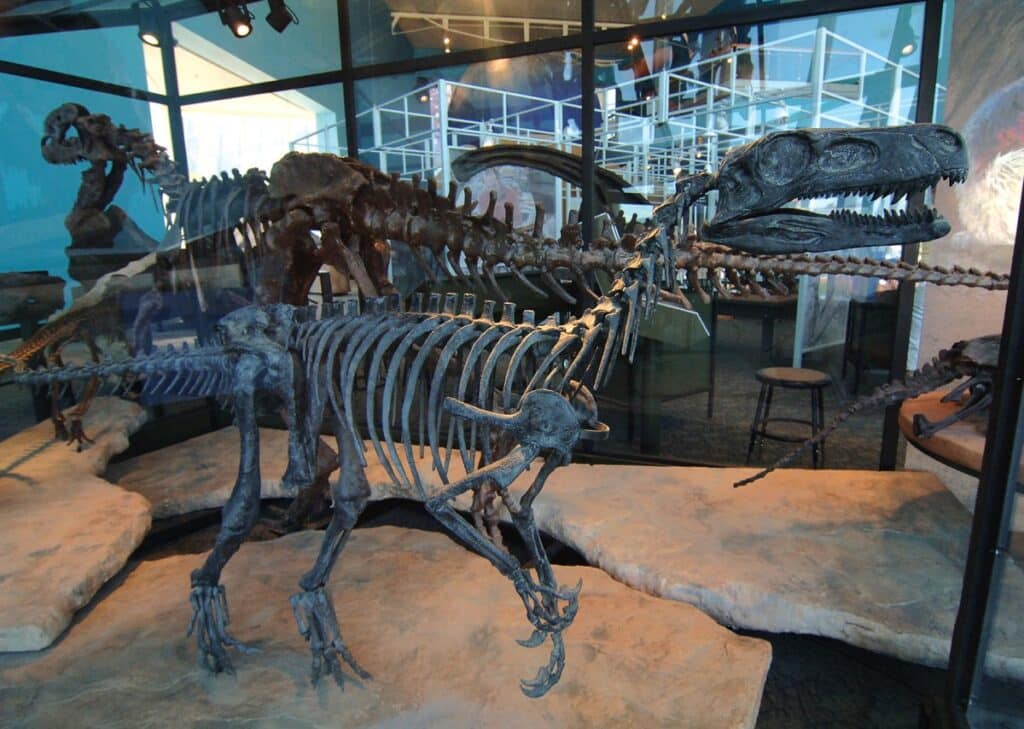
Baltimore has been sharing their love for science through a community of collective exploration. It features many innovative programs, authentic experiences, and science advocacies to help people enjoy and love science more. Since it was built in 1976, the Maryland Science Center has become an important tourist attraction. The original structure has three levels for its exhibits, planetarium and observatory. Now, the Science Center also has an IMAX theater and interactive displays. It snatched the 2006 Best Place to Take Kids award and has been part of Parent’s magazine’s 10 Best Science Centers for Families in 2008.
Baltimore’s National Aquarium
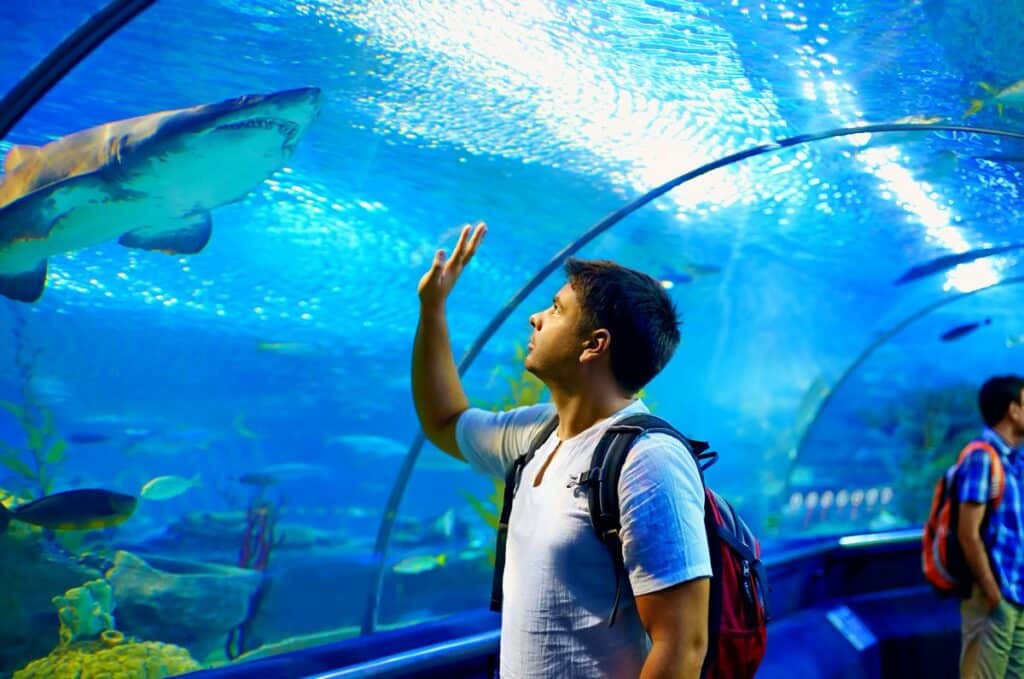
The National Aquarium was formerly known as the Baltimore Aquarium when it opened to the public in 1981. Like the Maryland Science Center, it was built during a period of urban renewal, paving the way for the city’s rebirth. Its mission to inspire aquatic preservation and conservation has reached a broad audience as the aquarium enjoys around 1.5 million visitors each year. Among the many exciting features of the National Aquarium include a 4D Immersion Theater, an open shark tank, an Atlantic Coral Reef, and a marine mammal pavilion.
The Baltimore Museum of Art
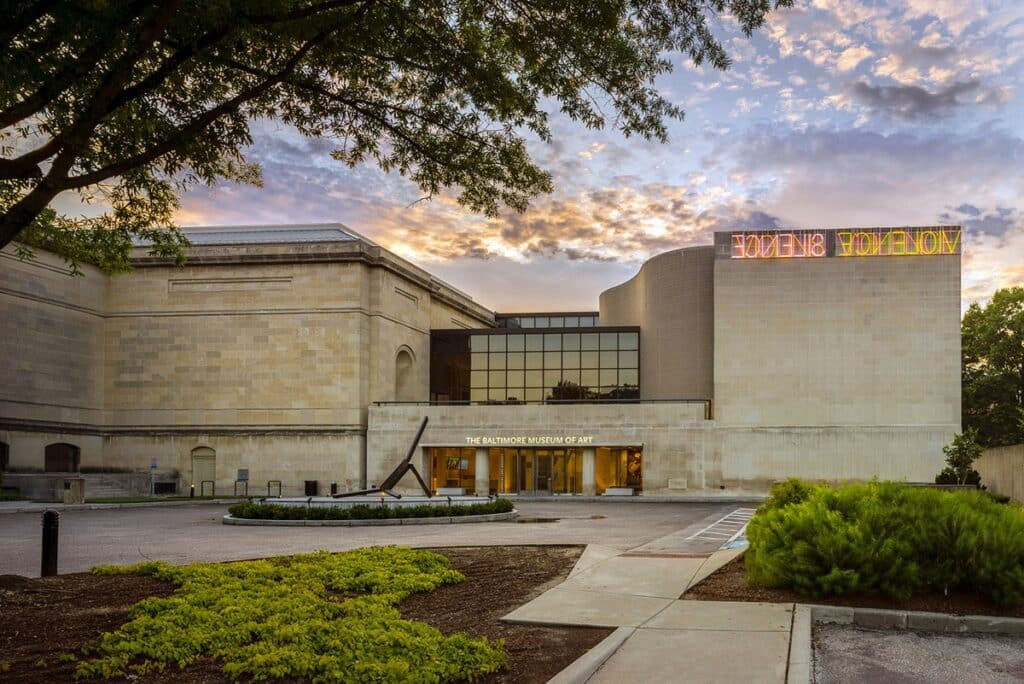
One of the best ways to enjoy a cultural trip in Baltimore is by visiting the century-old Baltimore Museum of Art. Built-in 1914, it boasts a massive collection with around 95,000 objects, composed of drawings, photographs, prints, and others. The extensive collection of artsy masterpieces is housed in a 210,000 square-foot building located in an area surrounded by Charles Village, Remington, Hampden, and Roland Park.
The First Successful Balloon Launch
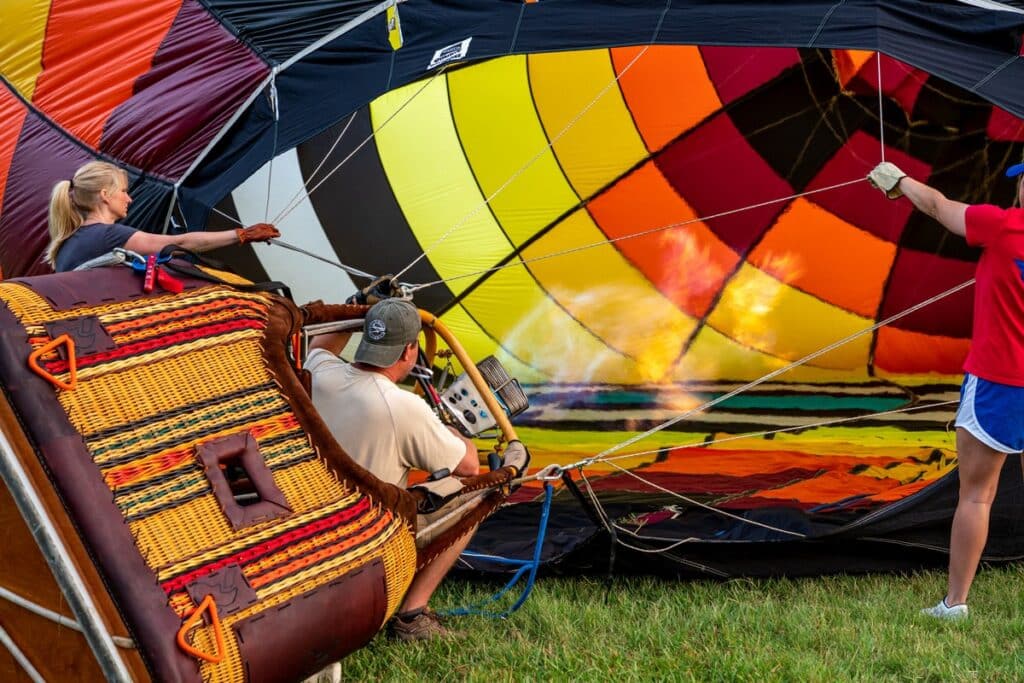
Tavern keeper and lawyer Peter Carnes from Bladensburg built his hot air balloon inspired by the experiment of the Montgolfier brothers from France. He tried to launch it on June 23, 1784, at the Walnut Street Prison yard before a crowd, informed through a newspaper article. Unfortunately, Carnes was too large and heavy for the balloon to fly. Luckily, 13-year-old Edward Warren volunteered to operate it, and it worked. The first successful balloon launch took flight from Mount Vernon and made history in the United States that same day.
Baltimore is Home to the First Umbrella Factory
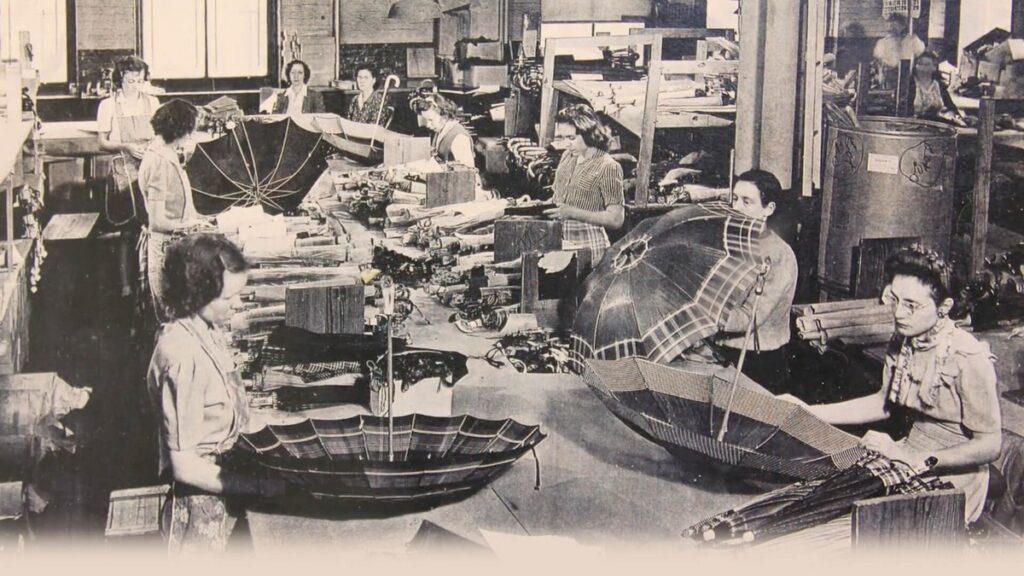
Aside from hosting the first hot air balloon launch, Baltimore also holds the record for having the first umbrella factory. A German immigrant named Francis Beehler built The Beehler Umbrella Factory in 1828. From then, several factories came forth, garnering the city the distinction of being the umbrella capital of the world. True enough, the town constantly made headlines for developing unique umbrellas and introducing them to the world. There’s the Name-On with an easy-recognition feature, the Travella with a removable handle, and the vat-dyed umbrellas with their cheerful color.
